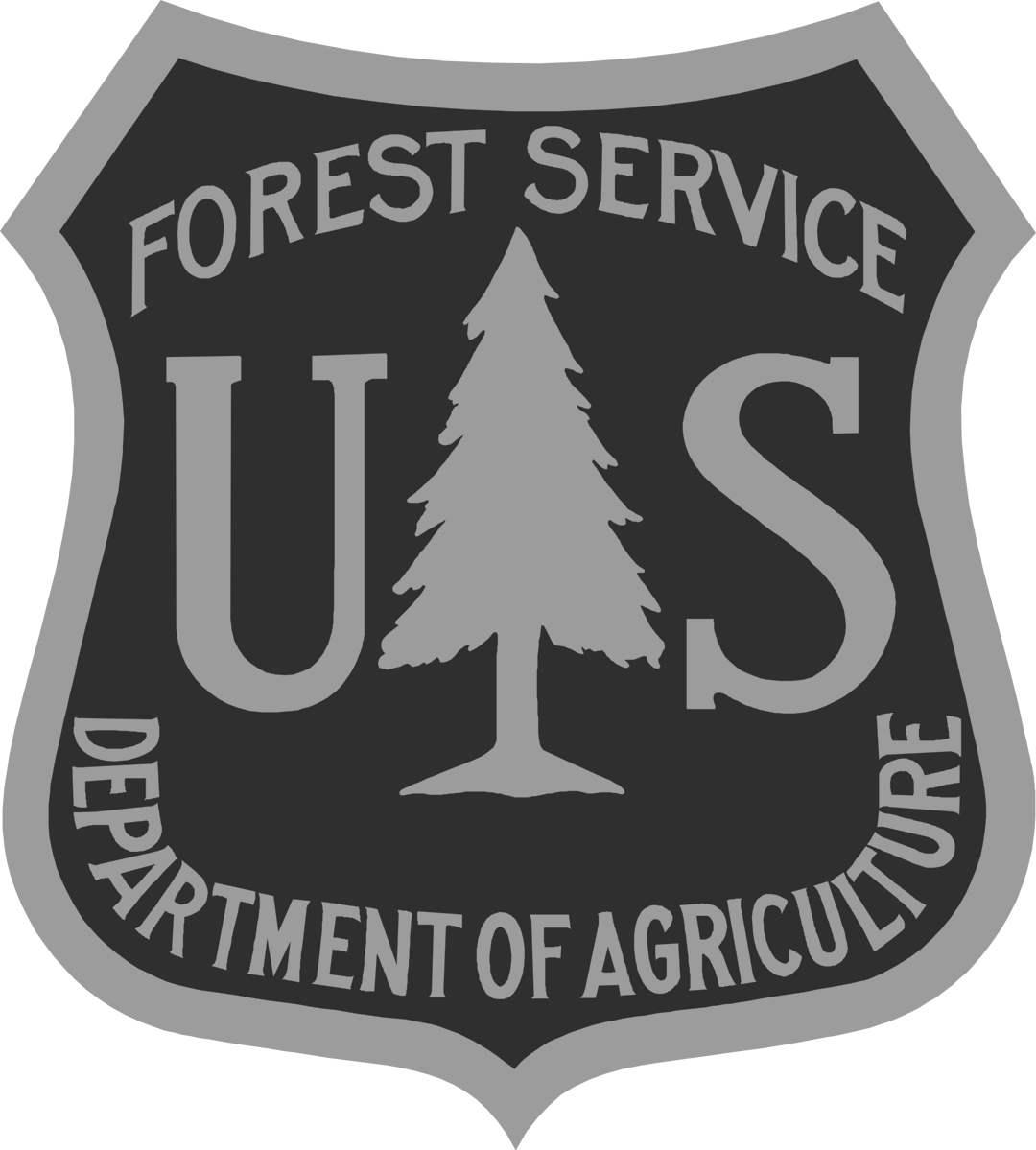Land, Water and People: The perpetual spruce budworm outbreak

It’s hard to miss the impacts of the feeding frenzy currently occurring on many of the coniferous trees in the mid-elevations of the Rio Grande National Forest. From afar, the band of green trees right below the beetle-killed spruce zone seem to have a brown tinge. Up close, one can see that the tips of branches on many of the trees have been stripped clean of needles.
This is the work of small caterpillars called spruce budworms. Western spruce budworm, Choristoneura occidentalis, is the most widely distributed defoliator of coniferous forests in Western North America. According to aerial surveys, these half inch larvae dined on more than 25,000 acres of blue spruce, Engelmann spruce, subalpine fir, white fir and Douglas fir on the Rio Grande National Forest in 2016. It seems like their numbers are certainly higher than 25,000 acres this year, but last year’s acreage estimate may have been low too, because it can be difficult to detect budworm infestations from the air.
As I write this, the budworms are in their adult moth stage flitting around conifers in search of mates. These light grey moths have a wingspan of about an inch and get down to business quickly because they don’t live long. The females lay their eggs within ten days of mating on the underside of conifer needles and then die.
The larvae hatch in another ten days and rather than feed, go about looking for a place to set up camp under bark scales or among lichen on the trunks of trees. They then spin silken tents, called hibernacula, and chill out through the fall and winter. Budworms are hardy campers, as they can withstand several days of minus forty degree temperatures.
The larvae begin to stir in late spring famished and ready to eat. They first mine closed buds and year-old needles leaving behind a trail of silken threads and excrement. As shoots elongate and needles begin to develop, they gorge on the tasty new growth before moving onto the older needles. Some of the larvae repel down on silken threads to lower branches and young trees in search of food. If they land on the ground instead, they are dead meat, as they aren’t good ground crawlers and many critters find them tasty.
Larvae become fully grown in early July and then pupate in webs of silk. This stage lasts for about ten days before they emerge as lustful moths looking for love. And then the cycle begins again.
Budworm populations tend to ebb and flow from area to area, but they always seem to be busy somewhere on the Forest. Some trees may die if populations stay high for three or more years in an area. Long lasting outbreaks can be especially hard on young trees, which don’t have as a many needles to spare as mature trees. Multi-year infestations may also kill the tops of older trees and reduce growth and cone production.
Both chemical and microbial insecticides can temporarily reduce budworm populations, but they are costly. Weather conditions and a variety of insects and vertebrates can help regulate populations to some degree. There are more than 40 species of small wasp and fly parasites of spruce budworms. Additionally, spiders, ants and the larvae of some beetles feed on budworms, as do chipmunks, squirrels and several species of birds. But these living enemies probably don’t have much of an impact during budworm epidemics.
As mentioned earlier, cold winter temperatures don’t have much of an impact on spruce budworm, but hard freezes in late spring and early summer can knock them for a loop. These hard freezes don’t happen a lot though.
One of the most effective budworm regulators is fire. Fire was once a frequent natural occurrence in the mid-elevation forests. These fires would often kill many of the smaller trees that provided food and safe landing zones for budworms falling and repelling out of the taller trees.
The Rio Grande National Forest uses timber management, prescribed fires and sometimes manages natural fires in the mid-elevations to open stands up. This may help to some degree with regulating budworm populations in the future, but for now, we expect to always have outbreaks somewhere on the Forest.
Mike Blakeman is the public affairs officer for the Rio Grande National Forest. He spends much of his free time scrambling around the mountains with a camera in his hand.



